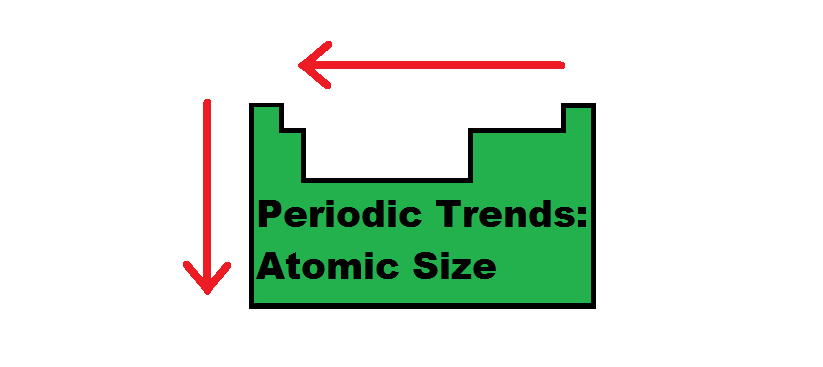Specific patterns of certain elemental characteristics are present in the periodic table. The tendencies of these patterns increase or decrease as you move along the columns and rows of the table. These patterns are called periodic trends.
One of them is ionization energy. Ionization energy is the energy needed to remove an electron from an atom. The energy needed to remove the first electron is the first ionization energy; the energy needed to remove the second electron is called the second ionization energy and so on. The first electron removed is typically the outermost and highest energy electron and the following electrons are subsequent ones. The harder is it to remove an electron, the higher the ionization energy as more energy is required. Thus, the lower the energy is, the more willingly the atom is to become a cation. With higher ionization energy, the less willing the atom is to become a cation.
Going Up and Down Groups (Columns)
When moving down a group, the ionization energy decreases. This is because as you go down the period table, new valence shells are added. The new orbital is further away from the nucleus, meaning the attraction between the positively charged nucleus and the valence electrons decrease. In addition, the electron shells in between the valence shell and nucleus present electron shielding that also minimizes the attraction. With minimal attraction, less energy is needed to remove the electrons.
Going Left and Right Across Periods (Rows)
When moving left to right across a period, the ionization energy increases. This is because the number of protons increases moving to the right of the row. As the number of protons increase, the nucleus of the atom becomes more positively charged. The increase in positive charge increases the attraction between the nucleus and the electrons of the atom. Thus, the electrons are held more tightly towards the nucleus, requiring more energy to take them away. In addition, the octet rules state that elements with a more valence electrons tend to keep them while those with few valence electrons tend to lose them. As you go across the row, the number of electrons increase, meaning the atom is less willing to lose their electrons. This means that more energy is required to pry the electrons away from the atoms. Electrons on the left side have fewer valence electrons and thus, more likely to give them away. This means less energy is needed take away an electron.
Summary:
Ionization energy decreases as you do down a column because of electron shielding from the addition of a new valence electron shell.
Ionization energy increases as you go right across a row because of the increase in protons and the octet rule.
Need further help with Writing?
This article was written for you by Samantha, one of the tutors with SchoolTutoring Academy.



